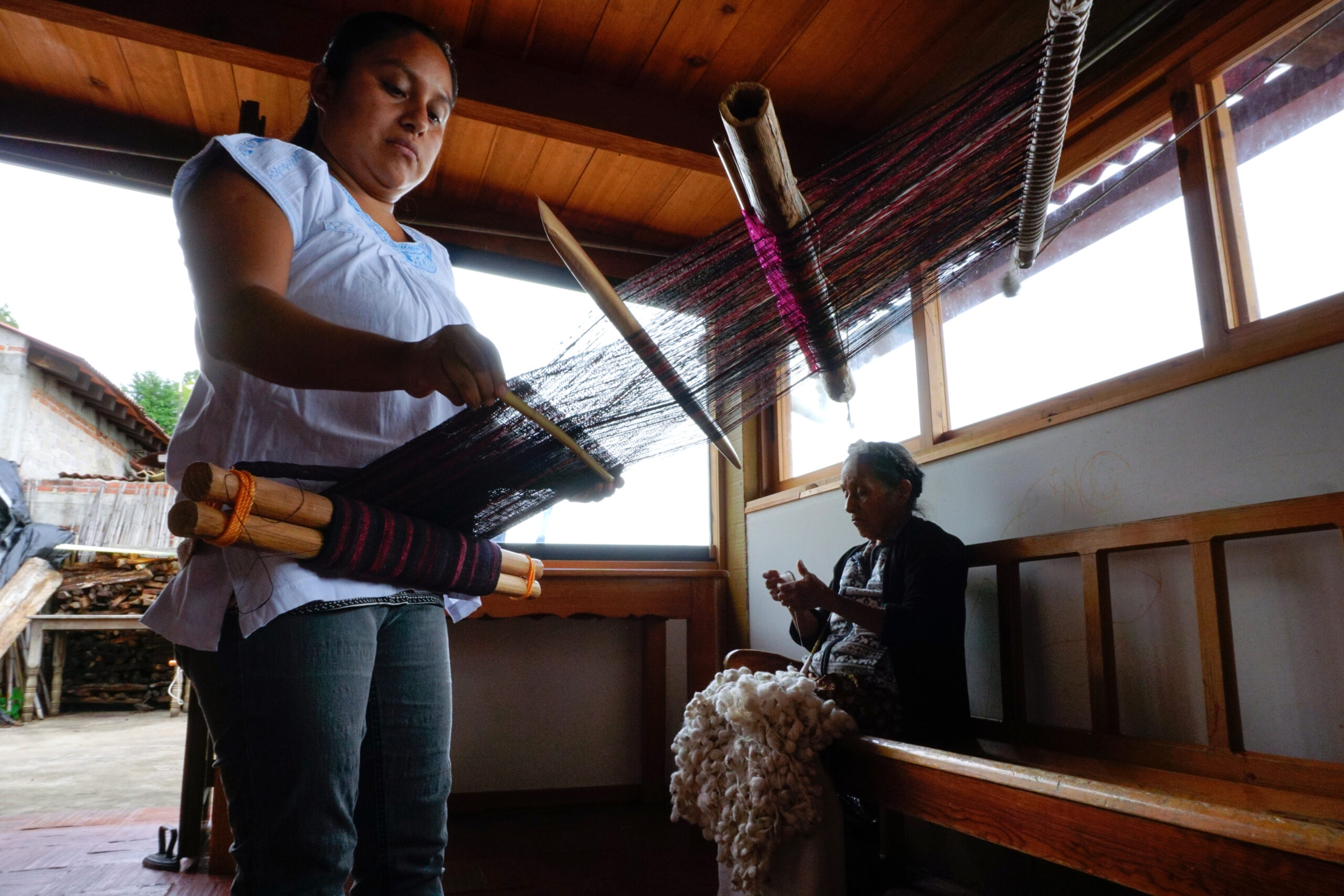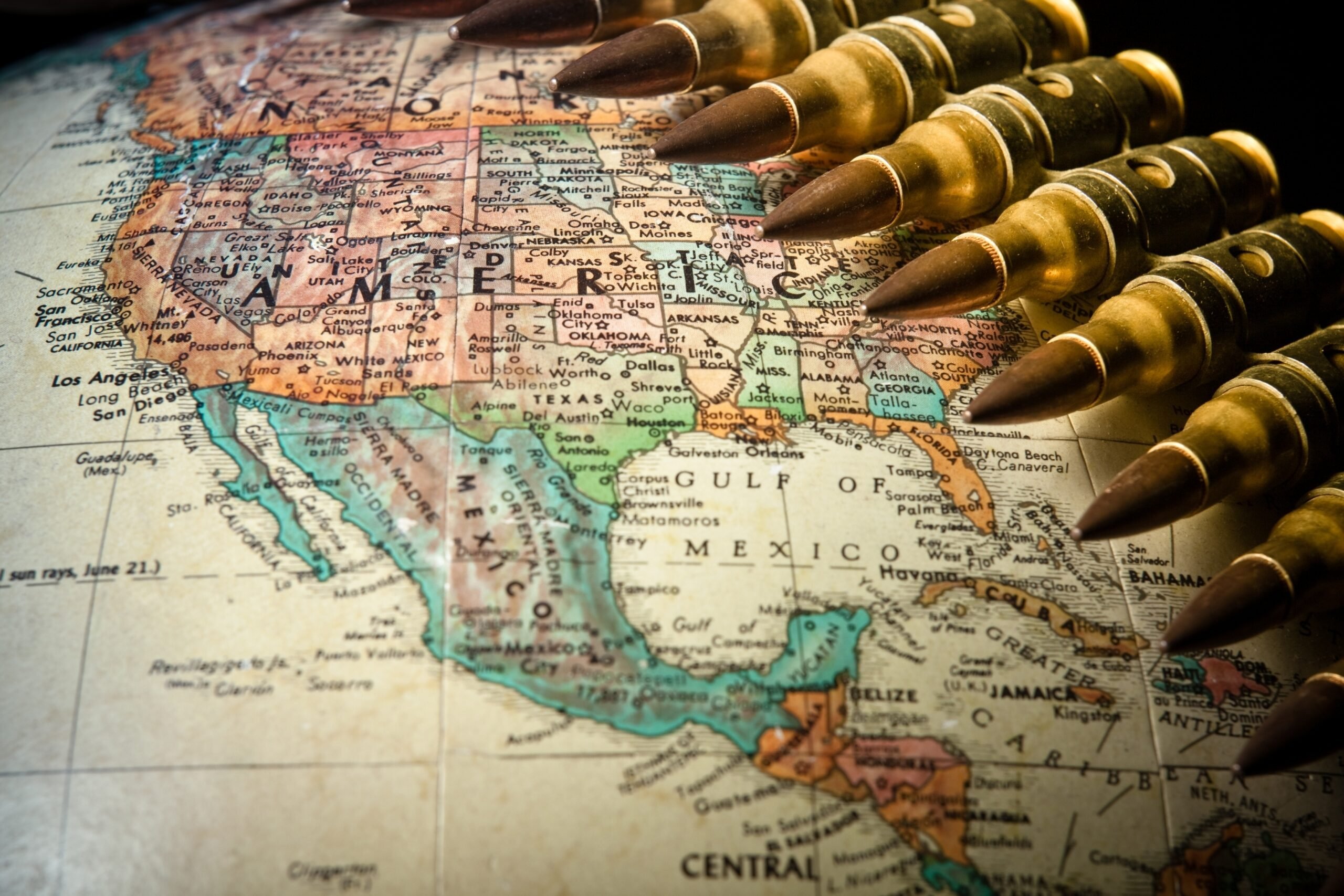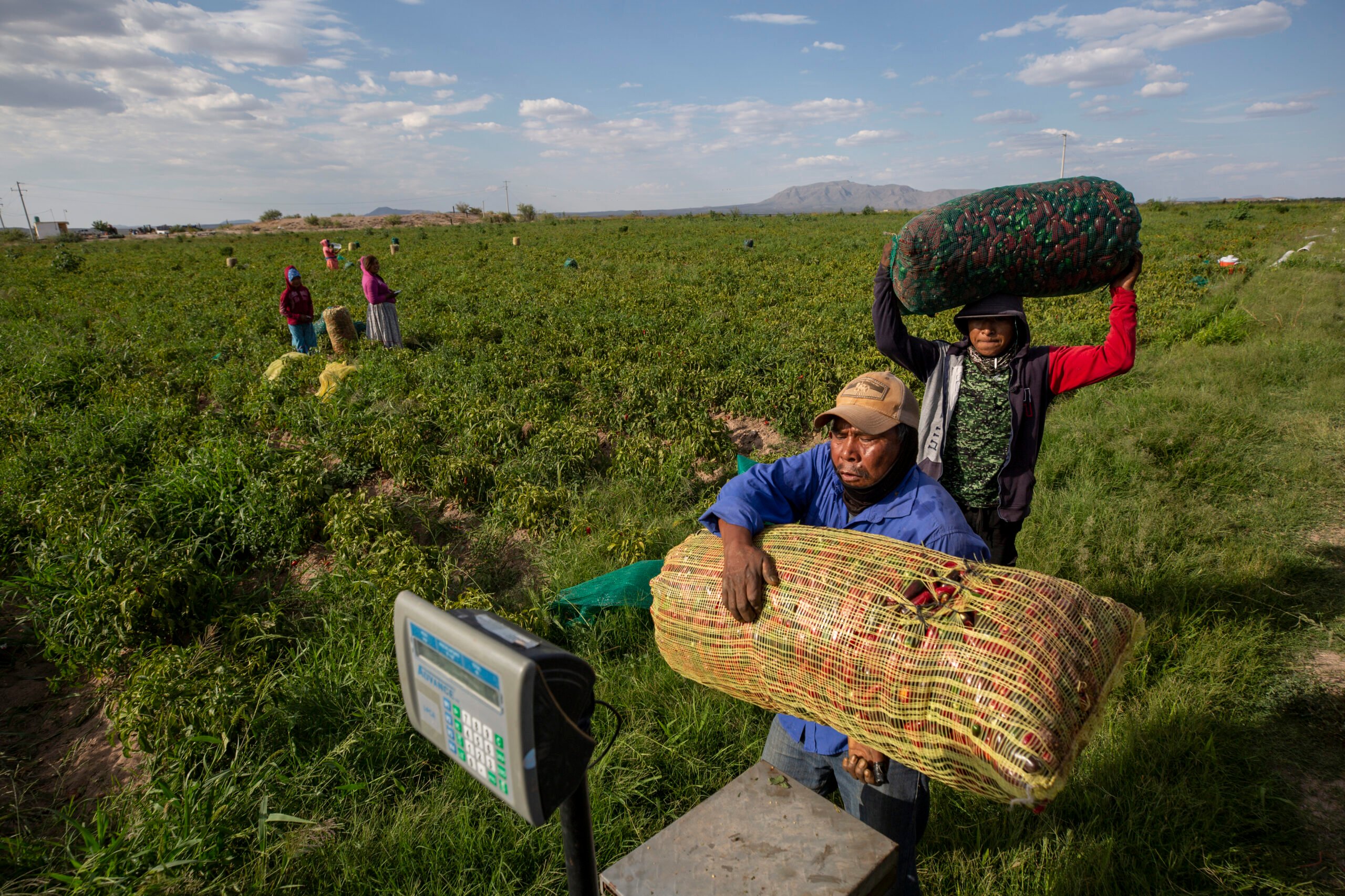
Oaxaca’s Silk Farmers Seek to Protect Their Way of Life
“I think protecting our silk is important because it’s produced differently than in other countries.”
This story was originally published by Global Press Journal.
Silk came to these mountains in colonial times.
In 1523, the first Bombyx mori eggs arrived from Spain; 500 years later, artisans in six Zapotec communities continue to raise the offspring of those Spanish silkworms. Moisés Martínez is one of them, a member of Artesanos de Seda de la Sierra Norte, a local manufacturing cooperative, and part of the silkworm sanctuary, a modernist glass-and-concrete structure perched amid the mountains in northern Oaxaca.
The sanctuary was inaugurated in 2020. Well before that, in 2009, a European laboratory approached the artisans, asking to examine the eggs of the locally raised silkworms, known as criollo, because they eat the leaves of morera criolla, a native mulberry tree. “In most silk-producing countries, the silkworms get sick, but ours do not because criollo silkworms are very strong,” Martínez says. “That’s why they were interested in studying them.”
The request concerned the silk-raising communities. They did not want to hand over the eggs without a document certifying their place of origin. “I think protecting our silk is important because it’s produced differently than in other countries,” Martínez says. “We don’t leave the silkworm inside the cocoon and harvest the silk; we first let the worms leave in moth form. This is a teaching that came from our grandmothers — they taught us to respect the natural cycle.” Artisans gathered to decide how to proceed, among them women as old as 95. “When they asked us for the eggs, we held an assembly to ask permission from the abuelitas because they are very careful with their things—and to respect the legacy that they have left us. But they refused to let us send our eggs far away.”
“I think protecting our silk is important because it’s produced differently than in other countries.”
Crafts from Oaxaca include black pottery, woven textiles like huipiles and quechquémitl, palm-leaf items dating back to the pre-Hispanic era, handspun silk and wool introduced during colonial times, and more recent creations such as vibrant wood figurines called tonas. As they garner international interest and customers, the communities producing them have become more cognizant of their intellectual property rights. “Most handicrafts are creations that leave the hands of those who make them—or the place where they are made—in anonymity when they are sold or resold by third parties,” says Carlomagno Pedro Martínez, director of Museo Estatal de Arte Popular de Oaxaca. “This characteristic makes them vulnerable in a global market with plagiarism and cultural appropriation.”
Over time, in Oaxaca, Pedro Martínez says, each type of handicraft came to be made by families in particular towns and areas, making it possible to know their geographical provenance.
In Teotitlán del Valle, a small town in the central Oaxacan valley, Florencio Contreras has woven woolen rugs on a wooden loom—a craft his father taught him—for the past 40 years. In 2006, when the region was racked by protests and tourism dwindled, Contreras began traveling outside Oaxaca state to sell his rugs. That was when he began thinking about the people who would buy from him in bulk. “I always asked myself what might have happened with the rugs that were carried off and resold,” he says. “In the end, no one knows who made them or where they came from. That has always weighed on me.”
Two years ago, the Contreras family cooperative began exploring how to protect their products. “I went to a meeting in the city of Oaxaca while I was fulfilling a responsibility related to my community,” says Contreras, who is Zapotec. “It had nothing to do with rugs—it was about the health council—but right there in the office, I heard people from the government talking about geographical indications.”
A geographical indication is a name or sign affixed to a product certifying that it possesses certain qualities, is made according to traditional methods or enjoys a good reputation due to its place of origin. This is somewhat different from the better-known denomination of origin, held by Mexican products such as tequila, mezcal and talavera pottery produced in Puebla, which is a special subset of geographical indication. (In the latter, the link with the place of origin must be stronger, whereas products granted a geographical indication may use some materials sourced from outside the designated region.)
“As of 2018, these geographical indications have been added to the industrial property law of Mexico, and people have been able to request these protections ever since,” says Claudio Rosas, head of the sectoral department within Oaxaca’s Economic Development Ministry, speaking to Global Press last December (he has since left the post). Beginning in February, the nation’s official gazette published the first three declarations of geographical indication, awarded to wool rugs from Teotitlán del Valle and neighboring towns, silk produced from the criollo silkworm, and tonas made in the Central Valleys of Oaxaca.
The first artisans to request a geographical indication were the makers of tonas. Manuel Jiménez began making these bright, fantastical creatures from copal wood in the 1960s and 1970s using patterns from Pedro Linares, a popular artist in Mexico City in the 1930s, who fashioned these figures from paper-mache and christened them alebrijes. Jiménez had been carving wood to make toys since he was little, says his son Isaías. “As an adult, he continued to make them to sell in downtown Oaxaca city, where people started to ask him to paint them. And then there was his connection to the Linares family, the creators of alebrijes in Mexico City — they gave him the pattern to start painting his wood carvings in a similar way.”
With the declarations in place, each group of artisans must now come together to create criteria for products to receive the designation, as required by the World Intellectual Property Organization, a specialized United Nations agency that protects intellectual property worldwide through 23 international treaties. So far, none of the three groups have settled on a set of rules.
San Pedro Cajonos has a long-standing territorial dispute with its neighboring town, which also produces silk. But the artisans are determined not to let this 30-year conflict stand in their way. “We met in a neutral town because, just as we can’t go to San Miguel Cajonos, they can’t come to our town — but the government requires that all the towns that make the silk be included to successfully obtain the indication,” Moisés Martínez says. “We as artisans said to ourselves, ‘We have to move forward, be creative and seek out new ways to improve our situation.’ We all weave. We need to work — and the silk is something that unites us.”
Global Press is an award-winning international news publication with more than 40 independent news bureaus across Africa, Asia and Latin America.



